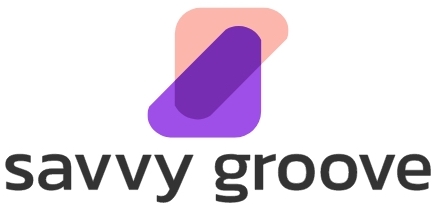How to Write Effective Email Marketing Campaigns for Small Businesses
Email marketing has become an essential tool for small businesses to reach and engage with their target audience. With the right strategies and techniques, email campaigns can help businesses build stronger customer relationships, increase brand awareness, and drive sales. In this article, we will explore the key components of writing effective email marketing campaigns for small businesses, including understanding the importance of email marketing, identifying your target audience and setting clear goals, crafting compelling subject lines, designing engaging and mobile-friendly email templates, personalizing content, and analyzing metrics to optimize campaigns for better results.
Understanding the Importance of Email Marketing for Small Businesses
Email marketing is a cost-effective and efficient way for small businesses to communicate with their customers. According to a study by the Direct Marketing Association, email marketing has an average return on investment (ROI) of 3800%, making it one of the most effective marketing channels available. Additionally, 80% of small businesses rely on email marketing as their primary customer retention tool.
Identifying Your Target Audience and Setting Clear Goals
Before crafting your email marketing campaign, it is crucial to identify your target audience and set clear goals. Understanding your audience’s demographics, interests, and preferences will help you tailor your content to their needs and increase engagement. Conduct market research, analyze customer data, and segment your email list to ensure you are sending relevant messages to the right people.
Setting clear goals is equally important. Whether you aim to increase website traffic, generate leads, or boost sales, defining your objectives will guide your campaign strategy and help you measure success. For example, if your goal is to increase sales, you can track the number of conversions or revenue generated from each email campaign.
Crafting Compelling Subject Lines to Increase Open Rates
The subject line is the first impression your email makes on recipients. It is crucial to craft compelling subject lines that grab attention and entice readers to open your emails. According to a study by Convince & Convert, 35% of email recipients open emails based on the subject line alone.
To create effective subject lines, keep them concise, clear, and personalized. Use action-oriented language, such as “Don’t miss out” or “Limited time offer,” to create a sense of urgency. Personalization can also significantly impact open rates. Including the recipient’s name or referencing their previous purchases can make the email feel more personalized and relevant.
Designing Engaging and Mobile-Friendly Email Templates
In today’s mobile-centric world, it is crucial to design email templates that are not only visually appealing but also mobile-friendly. According to Litmus, 46% of all email opens occur on mobile devices. If your emails are not optimized for mobile, you risk losing potential customers.
When designing your email templates, keep the layout clean and simple. Use a responsive design that adapts to different screen sizes and ensure that your call-to-action buttons are easily clickable on mobile devices. Including visually appealing images and using a consistent brand color scheme will also enhance the overall aesthetic of your emails.
Personalizing Content to Build Stronger Customer Relationships
Personalization is key to building stronger customer relationships and increasing engagement. According to a study by Experian, personalized emails deliver six times higher transaction rates than non-personalized emails. By leveraging customer data, you can create personalized content that resonates with your audience.
Segment your email list based on demographics, purchase history, or engagement levels to deliver targeted content. Tailor your messaging to address the specific needs and interests of each segment. For example, if you have a segment of customers who have recently made a purchase, you can send them a personalized thank-you email with a discount code for their next purchase.
Analyzing Metrics and Optimizing Campaigns for Better Results
To ensure the success of your email marketing campaigns, it is essential to analyze metrics and optimize your strategies accordingly. Track key performance indicators (KPIs) such as open rates, click-through rates, conversion rates, and unsubscribe rates to gain insights into your campaign’s effectiveness.
Use A/B testing to experiment with different subject lines, email designs, and content variations. By testing different elements, you can identify what resonates best with your audience and refine your campaigns for better results. Additionally, regularly review your email analytics to identify trends, patterns, and areas for improvement.
Email marketing is a powerful tool for small businesses to connect with their target audience and drive business growth. By understanding the importance of email marketing, identifying your target audience and setting clear goals, crafting compelling subject lines, designing engaging and mobile-friendly email templates, personalizing content, and analyzing metrics, you can create effective email marketing campaigns that yield positive results. Remember to continuously optimize your strategies based on data and customer feedback to ensure long-term success.
